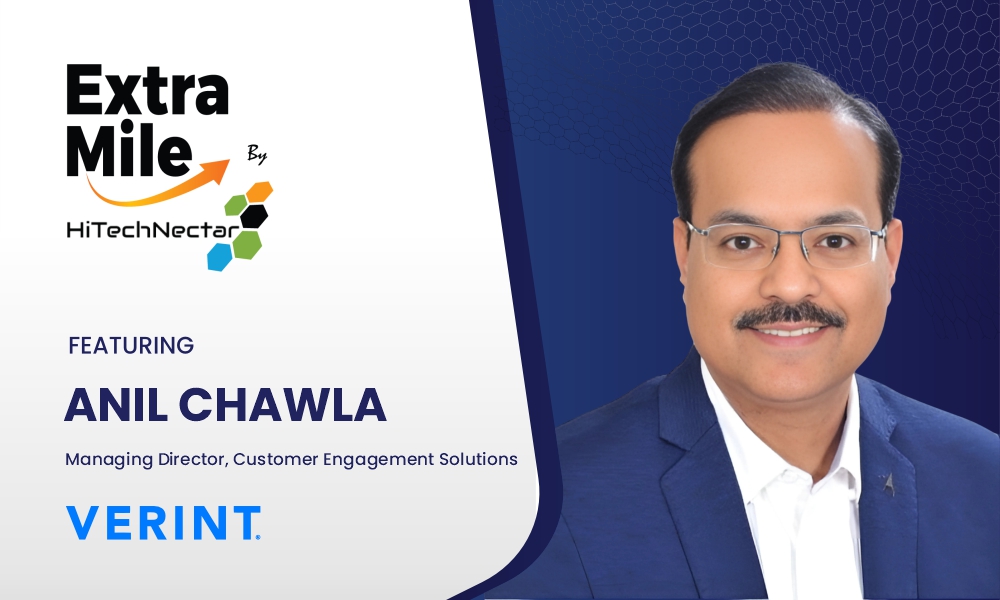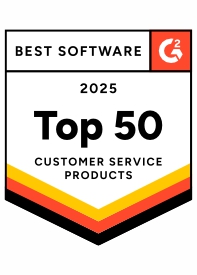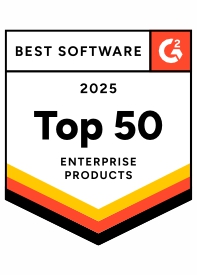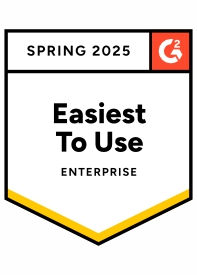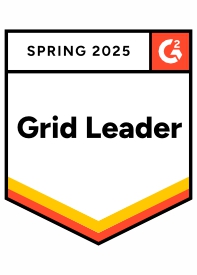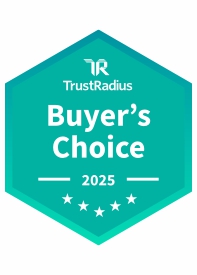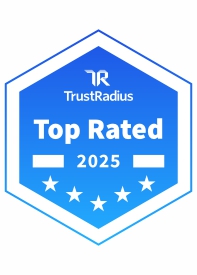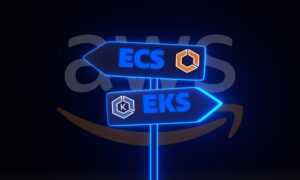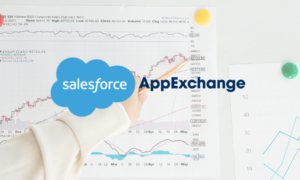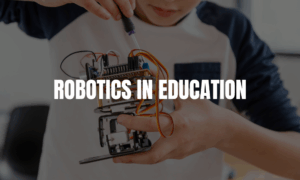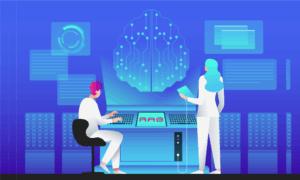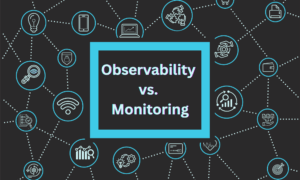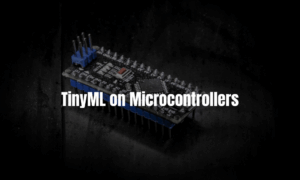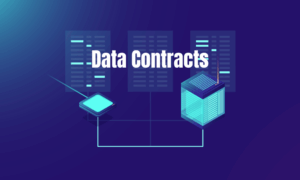Host: Hello everyone, welcome to another insightful episode of ExtraMile by HiTechNectar, where we bridge the gap between industry leaders and strategies driving their success. I am your host, Sudakshina, and we are delighted to have Anil Chawla, Managing Director of Customer Engagement Solutions at Verint, and we will explore how AI is revolutionizing customer engagement. Verint helps businesses worldwide transfer customer and employer experience through AI-powered automation.
From chatbots to workforce optimization, their solutions make everyday customer interaction smoother and more efficient. Anil has been with Verint since 2012, guiding the AI strategy and helping global brands to navigate the involvement of CX landscape. Today we will explore how AI is reshaping customer service, what Verint stands out and where is this technology hidden next.
A very warm welcome Anil, it’s great to have you with us today.
Anil: Thank you, I’m looking forward to the conversation. I think first of all, thanks for the lovely introduction. I think it’s a beautiful day and good to be on your program and your podcast.
Look forward to engagement.
Host: Verint is a customer engagement leader in artificial intelligence. In what ways has the vision of the company changed since you arrived in 2012, and what have been the significant changes regarding how companies engage in CX automation?
Anil: I think perfect question to start with, Sudakshina. If I look back probably about a decade or so, the market evolves very fast in terms of rapid innovation, in terms of change of business priorities and hence to keep pace with it, of course, each organization who has to be leading the curve like Verint will have to be innovative and in line with what the businesses demand. I would say in the last about a decade and a half, with rapid innovation happening in the CX space, which has taken the limelight today, we’ve kept our innovation either organically or inorganically both ways.
Having said that, we support customers to provide best of the customer engagement capabilities and capacities to serve their end customers. I’ve seen a lot of changes happening in the way how customer experience and engagement is perceived today versus it was earlier. I think in the earlier time about a decade back, I would say that it was more about providing tools or providing the basic amount of, I would say, engagement capabilities, not really towards the experience part of it. And then, as the customer maturity curves moved on in terms of customer requirements also being a little more mature, the models have changed a bit in the last two, three years where experience has taken a centre stage. And hence, from an engagement perspective, which meant channels, customer can come in through different channels. Today, it’s called omni-channel. Customer can come in irrespective of whatever channel they would like to come in. But essentially what matters is a consistent and contextual experience. So, it has moved from, I would say, an engagement deficit kind of engagement that was earlier to an experience generation now, wherein everything related to experience is very, very important today.
Host: It’s really fascinating to know the engagement of companies in CX automation. So this leads to my next question. With Verint Open Platform and DaVinci AI, you help brands to automate customer interaction. Which one case where AI significantly enhanced a company’s customer experience or decreased its cost?
Anil: Look, it’s very important to understand that from a customer experience and customer automation point of view, both of these parameters are very, very important. One, of course, from a customer revenue point of view, they will always look at top line, which is going to be, how do you drive more revenue? So, it’s very important that customer experience and customer automation leads to higher revenue.
That would essentially mean driving better revenue per employee. That’s a very important matrix, and customer engagement and automation really drives that. At the same point of time, it’s also important to drive operational efficiencies.
Because as I said, every organization has moved in their maturity curve from a technology perspective and business process point of view. So it’s important to keep on optimizing what is relevant for today and hence enhance those kind of operational capabilities. And CX tools today, the CX automation tools, which are available today from Verint, helps organizations using our Verint DaVinci AI to drive not only improvement in revenue, but also bringing cost efficiencies and operational efficiencies both.
Host: Perfect. You have guided the company to several Frost & Sullivan awards. In a crowded field of CX and workforce optimization platforms, what makes Verint unique?
Anil: I think, Sudakshina, it’s a very humble moment, honestly speaking, you know, we’ve been recognized for so many years by Frost & Sullivan and other industry analysts, you know, being the leader. And specifically in India, you know, we’ve been at the top of the industry for the last several years. And, you know, we’ve been always taking that award from Frost and Sullivan.
So first of all, we’ve been very humble. We always thank our customers to be with us for a longer journey that, you know, they’ve stayed with us. So very importantly, what makes us, I would say, worthy of that award is being very close to the customer.
We drive that kind of partnership. Second, very importantly, is our employees, which have been instrumental in supporting those customer and partner needs and ensuring that, you know, they are providing that kind of support whenever it is required. And third, of course, being a technology company, we’ve always been at the top of the innovation stack.
So we bring the latest and the best suitable solutions to our customers, which can provide them the business outcomes now. So I think putting these three things together really makes the difference for Verint.
Host: Verint has won several awards for innovations like Agent Copilot Bots and Timeflex bot. Can you share how these are transforming customer experience and workforce optimization in India?
Anil: Perfect. I think these are the latest innovation and, you know, you would have heard about agentic AI, right? That’s the word that we started with.
So now look at the idea of Copilot. So, Copilot bot is very importantly putting multiple processes, you know, when the call typically lands in the contact center and how it can enhance the experience for the customer and also enhance the experience for the agent. OK, so it typically looks at not only the CX part of it, but also it looks at enhancing the EX, which is the employee experience.
And essentially what a Copilot bot does is that, for example, an average handle time of a call is about seven, seven and a half minutes in the contact center. By deploying Verint Copilot bot, the total time of the call can be reduced by 50 percent, which means a seven minute call can be reduced to a three and a half minute call by providing multiple assistance to the agent and ensuring that the right amount of information is provided by the agent to the customer. And customers don’t have to repeat themselves in providing the same information that they have done.
It also takes away a lot of mundane tasks that the agent does after the call. Say, for example, the after call works, you know, where agent has to write the summary of the call. So that’s been done automatically.
And it also tracks using the CXEX bot the overall quality and sentiment of the call. So it’s very important that it’s not only enhancing the customer experience, but it’s also providing best of the employee experience at the same time. That’s about the Copilot bot.
And you also asked about the TimeFlex. I think TimeFlex is also very, very innovative in terms of providing flexibility to the operations. Now, from a contact center point of view, when you have a large operations, you know, you would always need to balance your time for the agents, right?
And different schedules that needs to be managed. And say, for example, if your operations is more than 500 or maybe a thousand agents kind of an operation, it’s very difficult to manage last minute changes or to provide kind of flexibility to the agents for the operation. Because for a supervisor, it’s a nightmare if the agent doesn’t turn up right for providing the service.
Now, what TimeFlex bot does is that it provides the kind of power to the agent to reschedule their specific times and can work with other agents and inform the supervisor in advance. And they can swap the shift. They can ensure that they can take mini breaks like an hour or a two hour break and go and pick up their kids from the school or attend a parent teacher meeting and come back again and attend their schedule.
So it’s very important. It gives that kind of flexibility to the Gen Z, you know, which essentially what, you know, wants this kind of flexibility in their schedule. And TimeFlex has been right on the dot to provide that kind of innovation to the contact centers today.
Host: No wonder the solutions are regaining transitions in India’s fast moving sector. So there are concerns that AI will take away human jobs. How does Verint strike a balance between automating while maintaining the human touch in customer service?
Anil: I think very fascinating and interesting question, you know, which typically is being discussed in all the forums today. So I would put it that way that, you know, AI is inevitable. It will bring efficiencies, right? And efficiencies from an operations perspective and from revenue enhancement both. So it’s inevitable. It needs to be adopted.
And that’s where, you know, most of the organization in India is also, you know, reaping the benefits of deploying these solutions. Now, having said that, once we look at the efficiencies to come in from operations, you know, you’ll always have two ways to look at it. One, you know, you can have additional time for your employees.
What do you do? You can either let them go and reduce your cost or you can reskill them or you can retrain them so that they are able to take better kind of work to look at engagement with the customer. So in my view, you know, AI will create additional capacities to the operation at the same point of time that additional capacity should be utilized mindfully by the organizations to, you know, provide the upskill to their employees and use them into a high-skill job, which essentially will be required to engage with the customers.
Host: We really need to know that AI is an enhancer rather than a replacement. So you have had an experience working with industry giants like Cisco and Avaya prior to joining Verint. How have those experiences influenced your way of managing customer engagement strategies?
Anil: Look, I think it’s an interesting way to look about, you know, as I said, if we look two decades back and at my experience around Cisco and Avaya, I think at that time, as I mentioned, you know, if we go back about two decades, starting about 2002-2003 onwards, I think that was a time when infrastructure build-out was at the highest, you know, offered capability in India. Everybody was looking at enhancing their network capabilities, putting data centers, you know, bringing in a lot of security. And we were looking at how, you know, government infrastructure to enterprise infrastructure was being enhanced.
So the discussion at that time was all about providing the best connectivity, providing and enhancing their network capabilities, giving them security infrastructure to ensure that, you know, they run 24 cross 7 and provide seamless data center to host those kind of application services to the end customer. From there on, you know, I would say when it moved towards the later part of 2015 onwards, you know, the capabilities to provide seamless customer experience and automation started. So that is where it was more towards the application demand rather than the infrastructure demand.
You know, how applications can improve the kind of friction that existed within the organization itself, which means how the silos which were there between different business processes can be broken down. So application helped them to broke, you know, those kind of silos and bring the organization together. That essentially determines how the power of data can be utilized to bring insights and provide much better customer experience and engagement going forward.
So that’s the kind of experience and changes that I’ve seen over the last two decades of building up, you know, capacity, I would say in the earlier part of it. And the second part of it is to maximize the value of data within the organization so that they can provide better customer experience and engagement.
Host: To know the cross-industry insights you have brought to Verint. What is the next big challenge for CX Automation that Verint is getting ready to tackle? Any thrilling innovations you are working on?
Anil: I think, again, the challenges are very, very dynamic in nature, right? That keeps on changing in this dynamic world today. But having said that, I think very prominent one that remains is two.
I would highlight two of them. One is the high uptime, right? Everybody expects at least 99.99% of time. So it’s very important that the application that Verint provides is looking at about four nines or five nines of capabilities that we provide today to our customer. And second, all of those applications are at the highest level of infosec security. So which means the customer data privacy is very, very important and provide the experience to their end customer so that Verint applications are always available and at the same point of time, highly secured.
I think these are two challenges I would say that typically most of the organizations in India are battling with and those are very important to be addressed.
Host: That’s really next generation, something we all will be watching. So, we are going to for the next and last question, before we wrap up. What advice would you like to give to companies that are struggling to keep up with rising customer expectations?
Anil: Look, it’s very easy to give advices, so I’ll refrain from that, but having said that, it’s very important that CX is the main stage today. The fact is that CX drives your stickiness with your end customers. It also brings a lot of positivity, as we say in the market, because each customer can bring in their family, their friends on board as well.
So it’s very important to ensure that CX is the mainstream of your business plan. At the same point of time, it’s important to not only talk about it, but start measuring it today, because businesses are looking for outcome and outcome needs to be decided today. So rather than being a little more, you know, being thinking about it all the time, it’s important to start that journey now and reap the awards rather than waiting.
Host: Perfect. That is such a practical advice for businesses feeling overwhelmed by the AI revolution. Thank you very much Anil for these incredibly valuable insights today. It was a pleasure to host you.
Anil: Thank you so much. It was my pleasure to be on your show and it was fun to be engaging with you. Thank you so much.
Host: Thank you, everyone, for joining us today. I’m your host Sudakshina, signing off. See you in the next episode of ExtraMile by HiTechNectar, with our next extraordinary leader on board, sharing their thoughts and knowledge.
Till then, stay tuned.
Explore Our Other Insightful Interviews:
